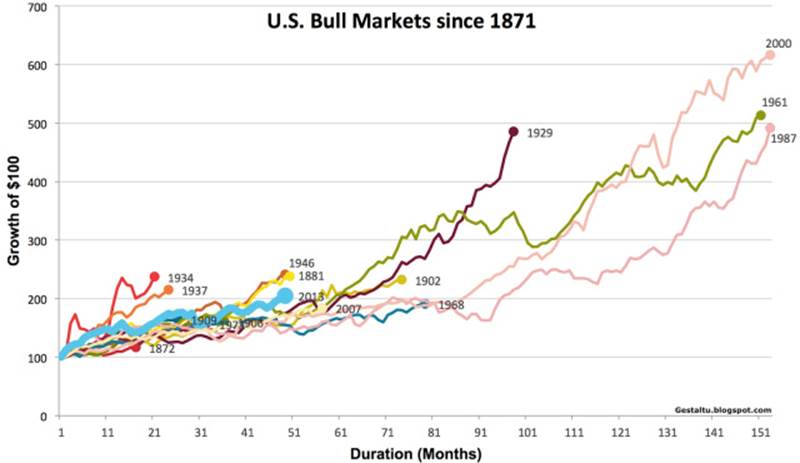@PRESSmUP:How many of each, one two or maybe three ?
Regards,
Ted
Emerging-Markets Local-Currency Bond 1.79 10.10 6.0
5 9.78 -2.73 -0.01
Emerging Markets Bond 0.73 6.80 3.87 9.99 2.77 4.12
Preferred Stock 0.81 6.22 3.69 8.69
5.92 7.
59
Long-Term Bond 2.1
5 5.42 6.18 0.66
5.
59 4.93
Long Government 2.
50
5.11 7.10 -
5.13
5.
59 2.17
World Bond 1.31 4.60 3.68 2.77 0.44 1.92
High Yield Bond 0.74 4.32 2.96 11.34 3.21 6.11
Multisector Bond 0.76 3.87 2.71 6.7
5 2.71 4.39
Corporate Bond 1.00 3.
55 3.
59 3.69 3.36 4.02
Nontraditional Bond 0.44 2.72 1.61
5.92 1.93 2.78
Intermediate-Term Bond 0.7
5 2.6
5 2.81 1.68 2.44 2.
55Bank Loan 0.22 1.73 0.68 6.47 2.74 4.0
5Intermediate Government 0.48 1.4
5 2.13 -0.44 1.
58 1.09
Short-Term Bond 0.18 1.22 1.01 1.
53 1.1
5 1.36
Inflation-Protected Bond 0.29 1.19 1.3
5 1.2
5 0.49 -0.12
Ultrashort Bond 0.10 0.69 0.39 1.43 0.79 0.89
Short Government 0.10 0.
55 0.66 -0.09 0.
57 0.39
Municipal Bond Funds
High Yield Muni 1.22 4.8
5 3.48 0.97 4.86 4.60
Muni California Long 1.39 4.1
5 3.66 -0.04 4.18 4.07
Muni California Intermediate 1.16 3.72 3.18 -0.10 2.96 2.91
Muni New York Long 1.23 3.68 3.30 0.
51 3.7
5 3.16
Muni National Long 1.21 3.62 3.29 -0.10 3.
57 3.33
Muni National Interm 1.06 3.41 3.04 0.26 2.79 2.66
Muni Pennsylvania 1.11 3.36 2.98 0.41 3.48 2.98
Muni New York Intermediate 1.08 3.32 2.97 0.02 2.96 2.61
Muni Massachusetts 1.11 3.19 2.94 -0.04 2.99 2.48
Muni New Jersey 1.17 3.10 2.83 -0.06 3.06 2.68
Muni Minnesota 1.12 3.09 2.99 0.12 2.9
5 2.72
Muni Ohio 1.06 2.98 2.76 -0.01 2.98 2.63
Muni Single State Interm 0.99 2.87 2.79 -0.07 2.
50 2.21
Muni Single State Long 1.03 2.76 2.
53 0.12 3.06 2.
51
Muni Single State Short 0.
53 1.9
5 1.37 0.27 1.2
5 1.20
Muni National Short 0.34 1.66 1.10 0.
52 0.90 0.97

